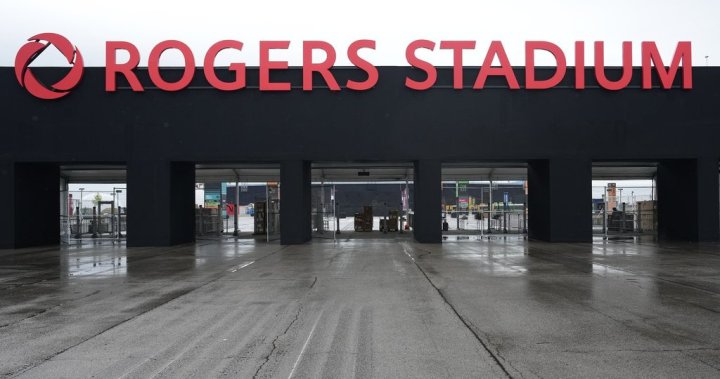Months after chaotic exits left concert-goers stranded in bottlenecks at Rogers Centre, Live Nation has finally unveiled safety adjustments meant to prevent similar incidents at future events.
The changes come after thousands of fans reported being trapped in crowded stairwells and exit paths following several major concerts last summer. Social media filled with alarming videos showing attendees packed shoulder-to-shoulder, unable to move for up to 45 minutes after shows ended.
“It felt like we were sardines,” said Toronto resident Maya Chen, who attended Taylor Swift’s Eras Tour stop in November. “People were starting to panic. You couldn’t move forward or backward. I seriously wondered if we’d make it out safely.”
Live Nation, in partnership with Rogers Centre management, announced yesterday they’ve implemented a comprehensive exit strategy that includes staggered departures, additional staffing, and modified infrastructure. The venue will now open more gates simultaneously and deploy staff to prevent congestion at key chokepoints.
According to Mark Williams, Rogers Centre operations director, the venue conducted a full safety audit with third-party experts. “We’ve completely reimagined how large crowds exit the building,” Williams explained. “This includes widening certain corridors and adding digital signage to better direct foot traffic.”
Concert safety has become a growing concern nationwide since the 2021 Astroworld Festival tragedy in Houston, where ten people died in a crowd crush. While Canadian venues haven’t experienced fatalities, several incidents have raised alarms about adequate crowd management protocols.
The Toronto Fire Marshal’s office confirmed they participated in reviewing the new measures. “Large venue operators must prioritize safe movement during both routine exits and potential emergencies,” said Deputy Fire Marshal Roberta Martinez. “The adjustments being implemented represent significant improvements.”
The changes include:
- Extending exit times by keeping gates open longer after events
- Hiring additional security personnel specifically trained in crowd management
- Installing overhead digital displays showing real-time exit congestion
- Creating dedicated exit paths for mobility-impaired attendees
Concert industry analyst Patricia Grant believes these adjustments were overdue. “Many Canadian venues were built decades ago when attendance patterns and expectations were different,” Grant told me during a phone interview. “Massive tours like Taylor Swift’s and The Weeknd’s bring unprecedented crowds that older infrastructure wasn’t designed to handle.”
Rogers Centre, originally known as SkyDome, opened in 1989, primarily as a sports venue. Its concert configuration often means certain exit paths become unavailable, forcing thousands through limited routes.
Transit coordination has also improved, according to TTC spokesperson James Chen. “We’re now working directly with venue management to align subway and streetcar service with expected exit surges,” Chen said. “This includes holding additional vehicles nearby to deploy as crowds emerge.”
For fans who experienced the previous bottlenecks, the changes bring relief. “I’ve got tickets to see Adele this summer, and I was honestly considering selling them after what happened last time,” said Mississauga resident Derek Thompson. “Knowing they’ve addressed these issues makes me feel better about going.”
Live Nation has faced criticism for its handling of venue safety across North America. The entertainment giant manages over 100 venues and promotes thousands of shows annually, sometimes drawing scrutiny for prioritizing efficiency over safety.
Toronto City Councillor Ana Bailão expressed cautious optimism about the changes. “The city expects all entertainment venues to meet rigorous safety standards,” she said. “We’ll be monitoring implementation closely, especially during the summer concert season.”
Industry observers note these improvements come as entertainment venues face increasing pressure to balance profitability with safety. Post-pandemic attendance has surged beyond expectations, catching many facilities unprepared.
The true test will come when major tours return to Rogers Centre this spring. Several high-profile artists have scheduled stops, with attendance expected to reach or exceed the venue’s 50,000-person capacity.
For now, fans hope the adjustments will prevent the frightening experiences many endured last year. As Toronto concert-goer Emma Rodriguez put it, “I just want to enjoy the show without worrying about whether I’ll make it home safely afterward. That shouldn’t be too much to ask.”






